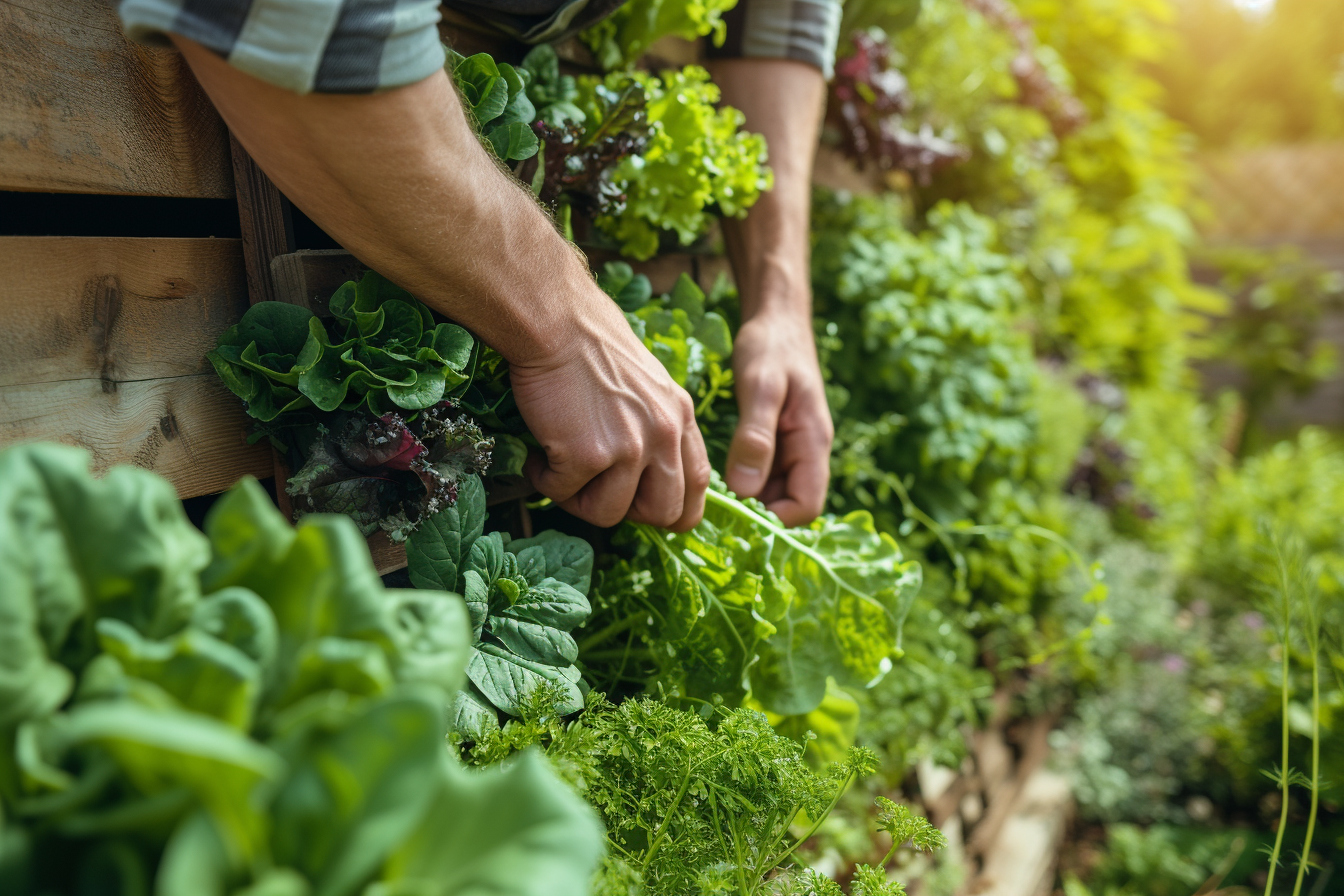Vertical vegetable gardening is an ingenious way to maximize limited space while growing a variety of vegetables, herbs, and flowers. This method of gardening is ideal for urban dwellers with small patios or balconies, as well as those looking to add an aesthetic appeal to their outdoor space. By integrating a vertical structure into your garden plan, you not only increase your growing area but also create a living wall that can provide privacy and reduce noise pollution. Let’s delve into the steps for constructing a thriving vertical vegetable garden at your home.
Understanding the basics of vertical gardening
Before you start buying materials or planting, gain a firm understanding of vertical gardening’s principles. Vertical gardens require the same basics as traditional gardens—sunlight, water, and nutrients—but they do so in a way that defies gravity. Selecting the right location will be critical for ensuring that your plants have enough sunlight and are protected from harsh weather conditions. Additionally, consider how you’ll manage watering and what type of support structures you’ll need.
Planning your vertical garden

Visualize your vertical garden’s design by deciding on the type and size you want. Whether a simple trellis for climbing vegetables, hanging baskets, or a more complex tiered system, the design should fit your aesthetic preference and practical needs. Moreover, think about the plants you want to grow, taking into account their light and water requirements, growth habit, and compatibility with each other.
Selecting a suitable location
Choose a spot that receives ample sunlight, which is vital for vegetable growth. Most vegetables require at least six hours of direct sunlight daily. Make sure the site is easily accessible for maintenance and harvesting, and consider the proximity to a water source for convenient irrigation.
Choosing the right structure
Investigate the different types of structures used in vertical gardening. Options range from wooden or metal trellises, garden towers, tiered planters, to wall-mounted systems. Select a structure that can support the weight of soil and plants when fully mature. Ensure it is durable enough to withstand outdoor conditions.
Gathering materials
Acquire all the necessary materials based on your chosen design. This may include wooden or metal frames, pots, soil, garden fabric, screws, a drill, and perhaps a DIY vertical garden kit. Opt for high-quality soil that will provide your plants with the nutrients they need to thrive.
Preparing the site and structure
Clear the designated area of debris, level the ground if necessary, and set up the chosen structure securely. If building a freestanding structure, it might be necessary to anchor it to the ground to prevent it from tipping. Wall-mounted systems should be securely attached to a strong wall. It is also an excellent opportunity to install an irrigation system, with options like drip lines or a self-watering system that can save time and ensure consistent watering.
Selecting plants and planting
Carefully choose a variety of vegetables and herbs suited for vertical growth. Ideal candidates are climbers like beans and peas, compact plants such as lettuce and spinach, and vine crops including cucumbers and small varieties of tomatoes and squash. Be mindful of planting guidelines for each species, considering their space needs and companion planting benefits.
When planting, use quality potting mix and ensure that plants are spaced appropriately. For seeds, follow the depth and spacing recommendations on the packet. For seedlings, make sure the root ball is fully covered with soil, and the plant is secured without being overly compacted.
Soil and nutrient management
Managing the soil and nutrients in a vertical garden can be challenging due to the increased air exposure and potential for quick drying out. Incorporate a slow-release fertilizer into the soil to provide a steady supply of nutrients. Additionally, utilize mulches to retain moisture and reduce the frequency of watering.
Watering and irrigation
Determine a consistent watering regimen. Overhead watering can be inefficient and promote disease; therefore, consider drip irrigation or a soaker hose system for targeted, efficient water delivery. These systems can also be automated, taking the guesswork out of watering.
Maintaining your garden
Regular maintenance involves monitoring for pests and diseases, trellising plants as they grow, pruning when necessary, and continuously assessing the health of your vertical garden. Be proactive in the care of your plants and address any issues as they arise. Ensuring good air circulation and hygiene can prevent many common garden problems.
By following these steps and maintaining a commitment to the health and vitality of your vertical garden, you’ll be able to enjoy fresh vegetables and herbs harvested from a garden that not only saves space but serves as a lovely focal point in your home. With passion and care, your vertical vegetable garden will become a source of pride and sustenance, bringing the joys of gardening into any space, no matter the size.


